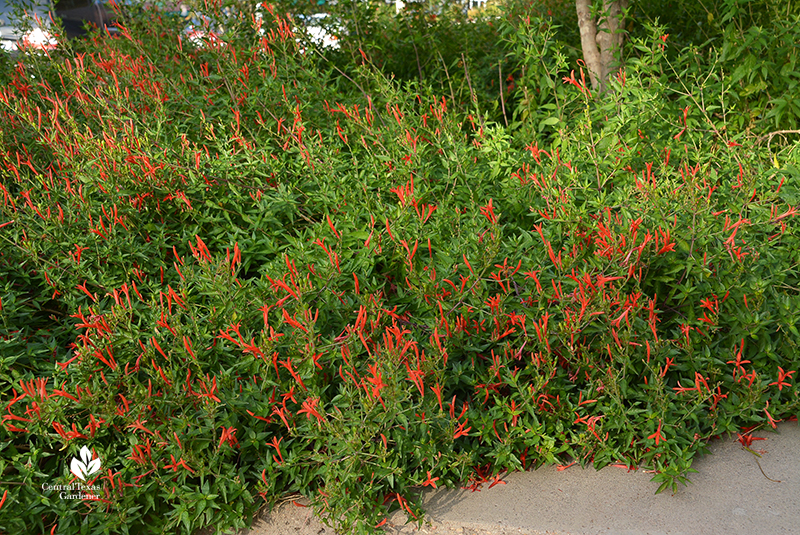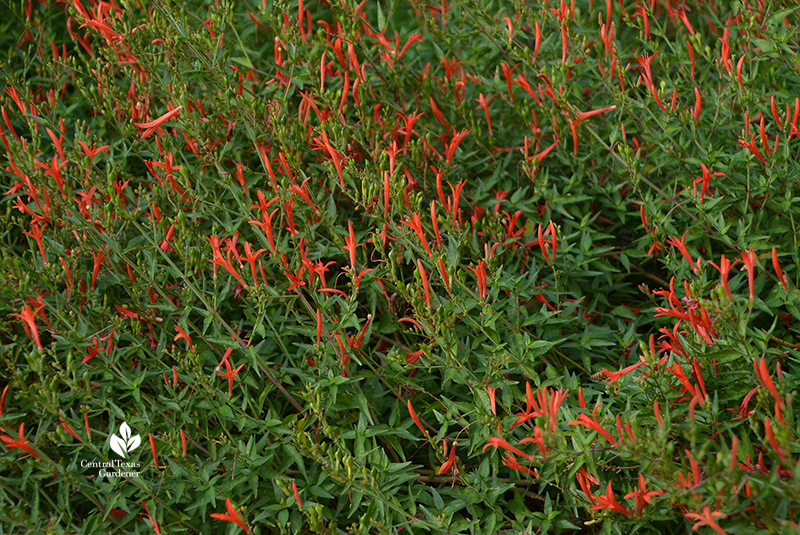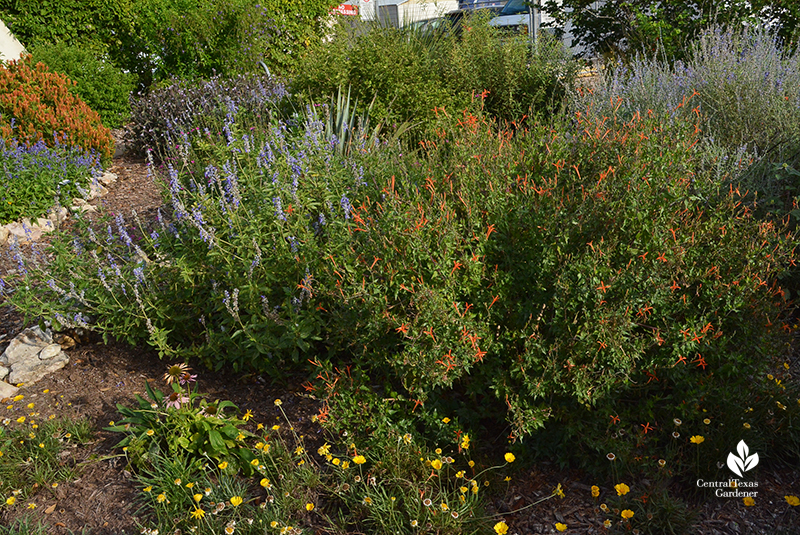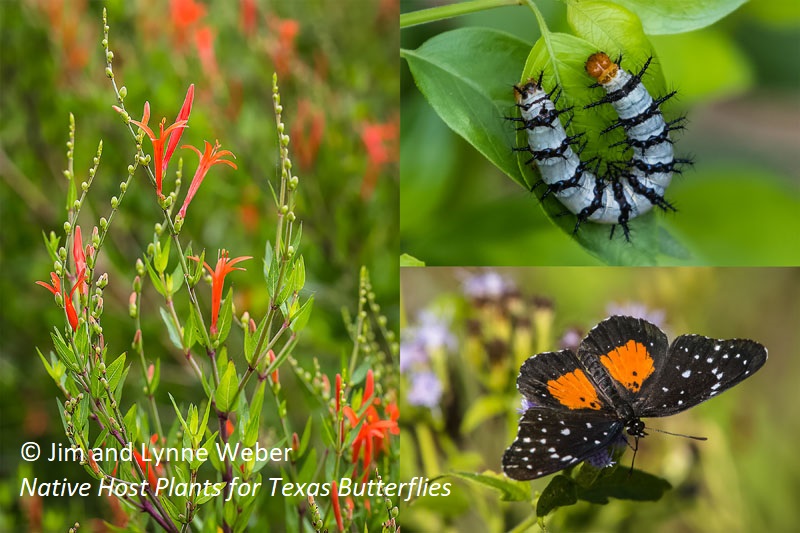What are those knobby growths on my oak tree?
Our question this week is about tree galls. Emily Joyce Bolf and Jeremy Bolf noticed these artistic 2” growths on their young red oak. And with a little internet sleuthing, they learned that the interesting, beautiful structures are caused by a tiny insect known as the Oak Apple wasp.
They learned, quite correctly, that these wasps are a two-generational breeding insect: the first generation lives in the roots, then the larva forms these pods to protect themselves.
There are many types of galls on trees, including woolly, fuzzy ones and tiny ones that you’ll find on live oak trees. Depending on plant and insect, you can find galls on leaves, twigs, or branches. Most won’t harm your trees, so enjoy these interesting insect nurseries.
I’m proud to say that Emily and Jeremy found the answer to their question by visiting one of our AgriLife Extension entomology websites. Which allows me to bring up an internet searching tip for everyone: try putting the word “extension” in any search that you do. For example, in this case, “extension found knobbly structure on my trees.” You’ll get a few sites that have nothing to do with trees and not connected to any land grant university extension service, but you’ll also see a couple that contain the word “insect” in the title. This is important, because if you don’t have a frame of reference for this alien-looking structure growing on your tree, you might easily mistake it for a fruit.
And since I received many such questions this year, with accompanying photos containing this gall and a red oak leave asking “what is this tree and fruit?” The fact that our rudimentary internet search yielded results that pushed us towards insects and away from fruit, is a good one. Putting the word “extension” into any search will yield mostly results from land-grant university institutions, and you’ll more easily be able to find your answer.

 Flame acanthus, a native perennial, is also called hummingbird bush, Wright's desert honeysuckle, Wright acanthus, Mexican flame, and Wright's Mexican flame.
Flame acanthus, a native perennial, is also called hummingbird bush, Wright's desert honeysuckle, Wright acanthus, Mexican flame, and Wright's Mexican flame.
 This show-stopping deciduous shrub is native from west and south-central Texas, down through northern Mexico.
The native habitat of flame acanthus is rocky and calcareous, but it can adapt to even heavy clay soils. It’s extremely drought tolerant and can survive most Texas winters, but in colder areas, it will freeze to the ground each winter, so you’ll need to shear it back to the roots in late spring, just as new growth starts to re-emerge from the roots.
Even when it doesn’t freeze back, healthy pruning each year encourages it to fill in more and be a more attractive specimen. Here it's growing with native four-nerve daisy and mealy blue sage.
This show-stopping deciduous shrub is native from west and south-central Texas, down through northern Mexico.
The native habitat of flame acanthus is rocky and calcareous, but it can adapt to even heavy clay soils. It’s extremely drought tolerant and can survive most Texas winters, but in colder areas, it will freeze to the ground each winter, so you’ll need to shear it back to the roots in late spring, just as new growth starts to re-emerge from the roots.
Even when it doesn’t freeze back, healthy pruning each year encourages it to fill in more and be a more attractive specimen. Here it's growing with native four-nerve daisy and mealy blue sage.
 Getting four to six feet tall and about as wide, one flame acanthus can plant can fill up a significant area of your garden. Be sure to plant in full sun.
Getting four to six feet tall and about as wide, one flame acanthus can plant can fill up a significant area of your garden. Be sure to plant in full sun.
 The brilliant, bright red-orange tubular blooms arrive in late summer and last through fall, a hummingbird magnet that also attract butterflies.
The brilliant, bright red-orange tubular blooms arrive in late summer and last through fall, a hummingbird magnet that also attract butterflies.